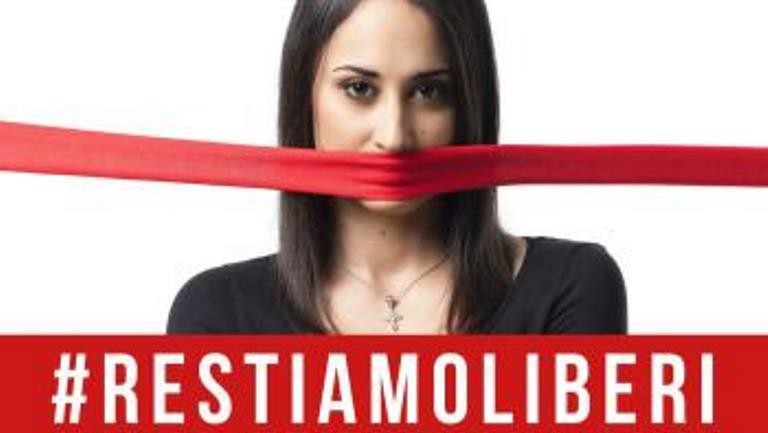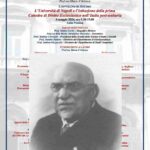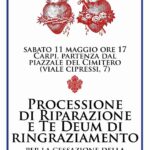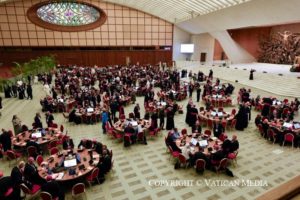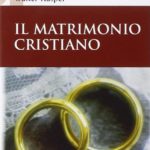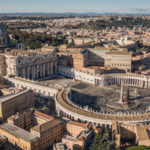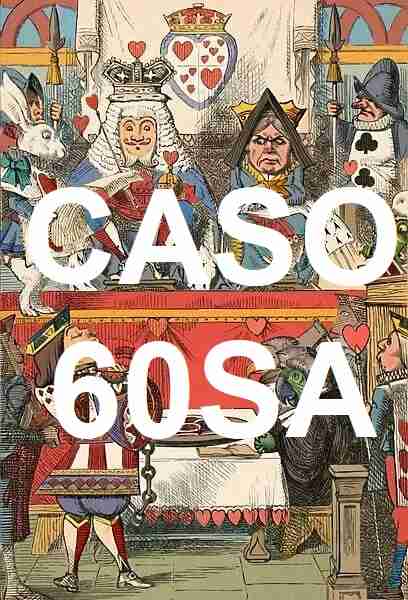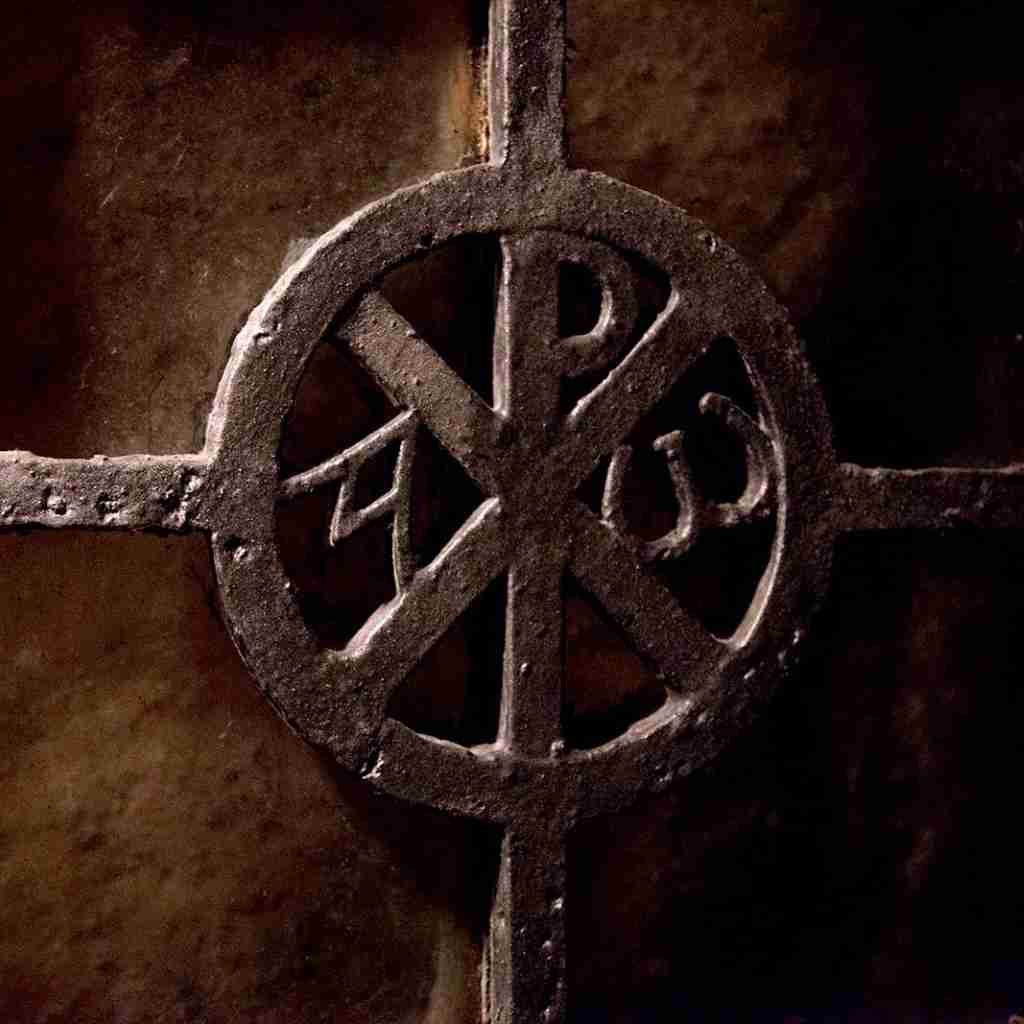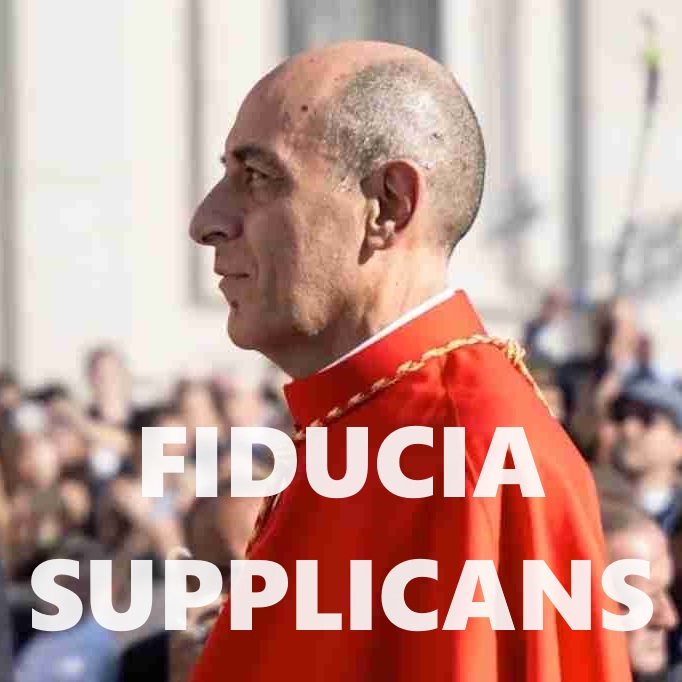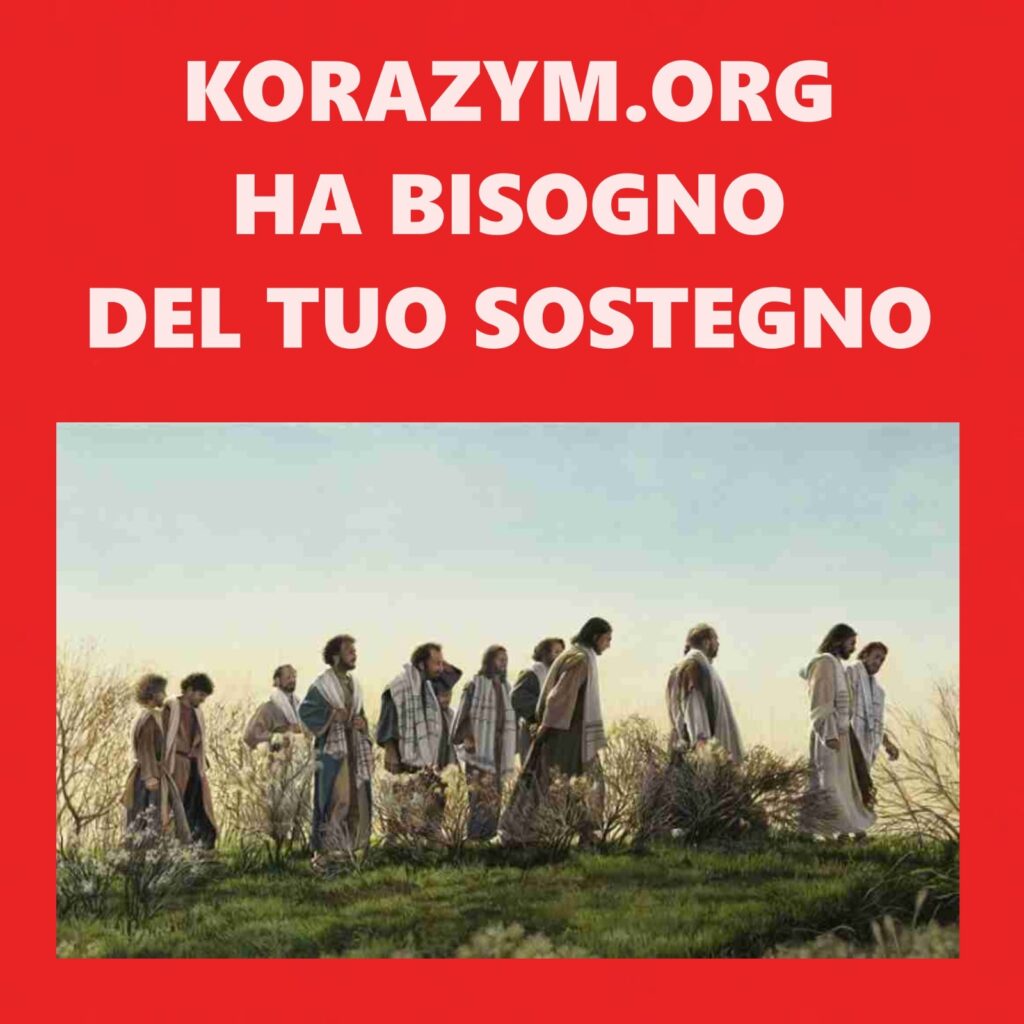When the church tears down its own statues | by Mauro Visigalli
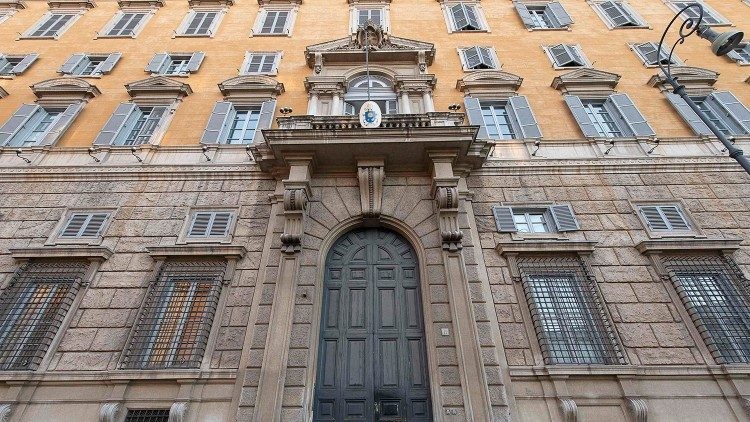
On 16th of July 2020 the “Vademecum on certain points of procedure in treating cases of sexual abuse of minors committed by clerics” was published” [HERE].
The objective is to give an “instruction manual” to correct conduct causes that concern deacons, presbyters and bishops accused of abusing minors. This document is for Bishops, Ordinaries, Superiors of Institutes for Consecrated Life and Societies of Apostolic Life, as well as for those working by right helping them in dealing with these cases. The need to create a tool of this kind emerged during the meeting on, ”Protection of Minors in the Church”, held in Vatican City between the 21st and the 24th of February 2019. Even Pope Francis, at the end of the encounter, pointed out “The need for Episcopal unity in applying the parameters having value as law and not only on orientations”. This document, which is open to future updates, even according to today’s legislation, is available in Italian, French, English, German, Spanish, Portuguese and Polish.
Yesterday I received a very important text from my friend and Civil and Rotal lawyer Mauro Visigalli, with reference to the abovementioned Vademecum, which I willingly published [HERE] and today I offer in an english translation by Caterina Gaetani, a friend and a longstanding collaborator (for 30 years) at the Holy See Press Office during the General Assemblies of the Synod of Bishops.
I quote the conclusion: ” The fact is that to live the Church’s values is different from simply following slogans, such as inflexibility or welcoming, because in the first instance one works according to that doctrine and that law which – even as so deprecated and little known – constitutes a precious valve against excesses, and the second one simply tries to satisfy the today of those watching, becoming cruel or benevolent according to the public viewpoint, forgetting that there can be no Mercy where there is no Justice”.
V.v.B.
Yesterday [16th of July 2020], I was writing the umpteenth so-called surreal canon defense, when my friend, Vik van Brantegem kindly sent me the “Vademecum on certain points of procedure in treating cases of sexual abuse of minors committed by clerics”, recently edited by the Congregation for the Doctrine of the Faith.
“I don’t see many new things” someone – among today’s many commentators -said to me. “There weren’t supposed to be”, I answered him because, as it is well explained in the presentation, this is not a new normative text but a succinct – and also very useful – help to offer guidelines for the Ordinaries who find themselves managing a penal or an administrative/penal procedure in their Dioceses.
I found the closing words of the text to be highly significant about the intentions and the worries of its writers: “This Vademecum does not claim to replace the training of practitioners of canon law, especially with regard to penal and procedural matters. Only a profound knowledge of the law and its aims can render due service to truth and justice, which are especially to be sought in matters of graviora delicta by reason of the deep wounds they inflict upon ecclesial communion”. This was punctually confirmed to me, right at that moment when I was complaining about this with a remote Diocesan Court in North America.
It would be beneficial for those who aren’t involved with canon law – especially the American one – to take a step back and consider (I already wrote about this) today’s situation in the Tribunals and the commitments these same persons are called to face in a time in which the Catholic Church is often taken to task.
One fact is not new for those observing the history of the Church, the fact that in the succession of reigning Pontiffs, there is an alternation of periods of accentuated development of the ecclesiastic pastoral dimension with periods of accentuated development of the normative, due to the specific charisma of the Pontiffs: a brilliant teacher of theology and having a deep knowledge of the Curia and its workings such as Pope Benedict XVIII was succeeded by Pope Francis, bearer of a less “institutionalized” sensitivity, rather more attentive on pastoral globalization and ecumenism. It would be wrong to give any kind of judgment on the value about these: those understanding the nature of the Church knows that this is not an issue of opposing aspects, but the different faces of the same reality, which the Founder wished to be characterized by the tria munera, docendi, regendi and sanctificandi. During certain periods of time, one aspect prevails over the other but both – if properly coordinated – cooperate harmonically to achieving the supreme goal of the Church: salus animarum.
However, in the last few years we have been seeing an impoverishment – tied to various factors, not all leading back to the prevailing pastoral activity – of the judicial structure, especially at the local level, of the Church: this isn’t only the case of redirecting the often limited economic resources towards various diocesan activities, but also the pernicious rise of a slightly superficial mentality by which the law – rather than being the privileged expression of the values of a set of rules – has moved to being considered a mere “superstructure”, almost a fossilized residual for the erudite, not openminded enough to resolving everything with love.
What has followed this has been the decline of canon studies but, above all, the heavy cuts to human and financial resources for the local Tribunals right at the moment when these were called upon to face devastating crises: the “secularization” in marital trials, growing relations with the laity in administrative tasks and finally – in cauda venenum – sexual abuse.
It is superfluous to explain that dealing with certain delicate matters requires preparation and experience, good will is worthwhile but certainly not sufficient; which is what I said – some time ago – to a Bishop from Oceania who was bragging about having resolved the problem of organizing his own Tribunal, “importing” some young Priests from poor Countries and giving them, along with room and board, a few hours of a course to then put them into a job they knew nothing about. At the same time, many expert canonists found themselves with half the workload in terms of hours, or even without a job anymore. The union question is not a part of my work as a professional, but on the level of Courts, yes, it is, and I can state without being proved wrong that the level of the actions and the procedures was visibly diminished. Some Dioceses, to overcome the lack of Canonists employed on a permanent basis, when facing a procedure, have begun to “outsource” many tasks, that is to say nominating external professionals “ad casum” to cover the individual procedures, the roles of Judge, Promoter of Justice, Investigators for preliminary investigations, etc. which is missing among the permanent staff. However, this creates a double problem: if on one hand in fact, an external professional demands a high cost and rightly so (more than a permanent employee), on the other hand the outcome of the procedures is inevitably conditioned by the propensity of the nominee. If the Bishop opens a penal procedure the professional employed by him, while being a “third party”, will do everything to reach a conviction satisfying to the Bishop, his client.
And here is where we reach the true punctum dolens and the absurd suicide we are seeing today.
I have recalled, many times, the letter I received from a Bishop that begged the competent Vatican Congregation to condemn the Priest employed by him, “because any absolution is a wound to our authority”. The fear of public opinion has substituted the search for justice with devastating economic and moral consequences. More often we can find, even in the title of the acts, “procedure for the dismissal from the clerical state”, as if the finality wasn’t that of ascertaining the facts for such an extreme punitive measure, but to reach – exactly – the punishment (at least for the “small fish”) and to represent the inflexibility of the Church. During these past years, we have seen a growing acceleration of this phenomenon, with the consequential lack of guarantees for the accused (often because of simple anonymous letters, perhaps sent for reasons of envy or jealousy).
Rather, we could say that many in the Church are feeling that anguish of dissolution which seems to be tormenting the West, accusing all of the past, to the point of rifling through the diocesan archives and obstructing the Prosecutor to point out (far from the “silent accomplice”!) any minimal episode which not only could have constituted “improper behavior”, but also could be simply perceived as such by some: to be clear, a series of “he held my hand during confession”, “he threw a ball at me while we were playing in the youth center”, or not only “he was looking at me during Mass”.
The Church has overturned its own statues and sacrificed its own Priests to the Moloch of the “politically correct” which is not without its own contradiction.
I began by writing about a surreal defense and an example is worth more than a thousand words: therefore let’s think about a true story about a young Priest who, about forty years ago, weaves a relationship, even sexual, with a sixteen year old seminarian. This is a serious violation of celibacy, but not – as confirmed by the Congregation for the Doctrine of the Faith – a canon crime, since at that time and in that place a sixteen-year-old was considered of age, an adult.
The relationship continued even after the boy became, in turn, a Priest, and imprudently, is assigned to the same Parish his lover was at, who however some years later (we’re at the year 1995), takes a trip to Rome, to participate in a mass celebrated by Saint Pope John Paul II, where he is touched spiritually, repents and since then lives in perfect continence.
A few years go by and the old relationship is discovered making the guilty party lose his title as Parish Priest. Later even, when the famous “Charter” was published in which the Episcopal Conference establishes the rules of conduct concerning the abuse of minors, the Priest is suspended and his salary is also taken away (illegitimately applying a norm a posteriori).
In even more recent times (2019), Pope Francis calls for a summit of Bishops on abuses and this Priest, by now retired, who can no longer be seen as a menace to anybody, has all his capacities definitely revoked up to the point of being forbidden to wear priests clothing.
The fact is that to live the Church’s values is different from simply following slogans, such as inflexibility or welcoming, because in the first instance one works according to that doctrine and that law which – even as so deprecated and little known – constitutes a precious valve against excesses, and the second one simply tries to satisfy the today of those watching, becoming cruel or benevolent according to the public viewpoint, forgetting that there can be no Mercy where there is no Justice.
Mauro Visigalli
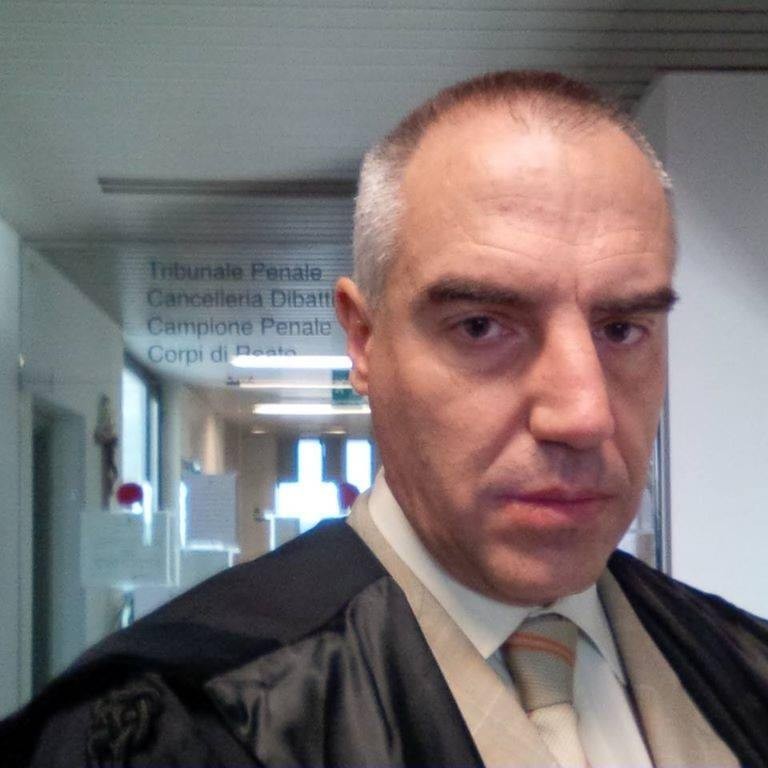
[*] Mauro Visigalli is a Canonist and a Civil and Rotal lawyer.
Born September 7th 1963 at Codogno (Diocese of Lodi).
He graduated in Jurisprudence at the State University of Milan with a thesis on “vis et metus in the marriage canon law” in 1989. He earned his license in Canon Law at the Pontifical University Antonianum in 1995 and his doctorate at the same University in 1997. That same year he passed the examination for admission to the Register of Lawyers of the Apostolic Court of the Roman Rota.
He was a voluntary worker as Defender of the Faith and Promoter of Justice in the Diocese of Lodi, in the meantime, he developed his professional activities mainly in foreign Courts (mainly from Anglo-Saxon countries such as the USA, Great Britain, Australia, Malta but also Switzerland, Lebanon and others), in trials concerning marital, penal and administrative trials. Questions.
In February 2017, he “ad casum” sworn to the Supreme Tribunal of the Apostolic Signatura, while awaiting the formal registration in the “Register of Lawyers of the Roman Curia”.
That same year he began to work full time for the Canon Law Services LLC, in Las Vegas, where he is still working, as well as often working with other institutions, such as the Saint Joseph Foundation and the Catholics United for Faith in Ohio (April/November 2019).
He participated in many international conventions on canon law, in Italy as well as in other countries, as a Member of the Italian Canonistic Association in America and the Canon Law Society of America.
He is married and has a son.

